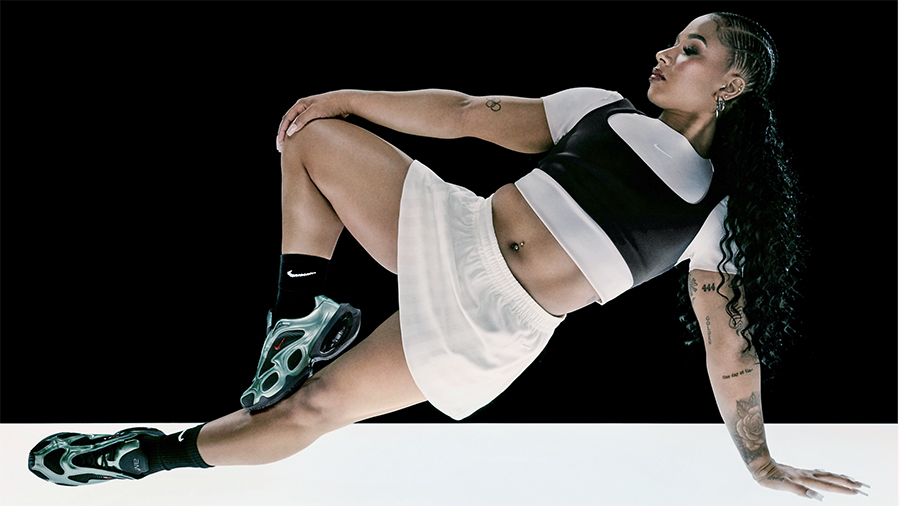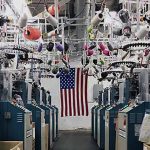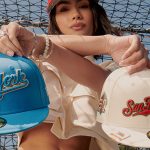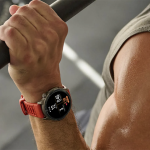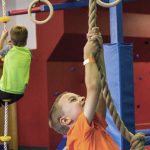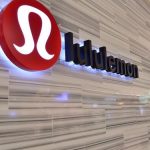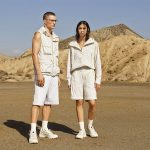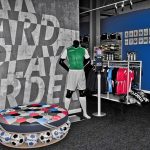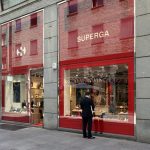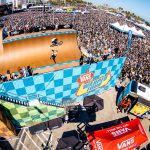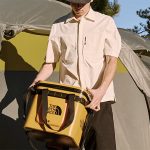KeyBanc Capital Markets’ 2Q25 Footwear Survey found that tariff-related price increases are raising consumer concerns about affordability, but the overall footwear purchasing outlook has improved compared to the company’s first-quarter survey. Among brands, Nike, Adidas, and Hoka “trendiness” was moderately higher versus the first quarter.
The investment banking arm of KeyCorp, a large U.S. regional bank, conducted the 2Q25 survey of 1,001 U.S. adults between June 25 and July 7, exploring their footwear ownership, preferences, spending, and outlook.
Encouragingly, 78 percent of respondents indicated that they plan to make a footwear purchase in the next three months, and 40 percent (up 10 percent from 1Q25) noted that they plan to increase their overall spending on footwear over the same period. Overall spending also improved significantly across cohorts, with 43 percent of respondents noting an increase in general expenditures over the past three months.
Nonetheless, KeyBanc’s survey still showed that 80 percent of survey respondents found price increases due to tariffs, with only 19 percent reporting they will keep their spending the same regardless of higher prices.
The survey highlighted increased concern among younger consumers, as well as higher-income consumers, on the topic; however, the overall economic outlook saw a meaningful sequential improvement, signaling to KeyBanc that tariff concerns could skew short-term assessments and impact perceptions based on news and media headlines.
“Premium brands continue to be better positioned in the current environment, while value products show early signs of positivity,” wrote KeyBanc’s Softlines & Internet Retail analyst team, led by Ashley Owens. “Our survey pointed to improved spend outlook, particularly from the higher-income group, and we continue to expect the companies that serve this demographic to outperform the broader industry in the NT. We also note that 81 percent of respondents indicated looking for some level of value-oriented products due to tariffs, potentially signaling a future trade down to more affordable items should sentiment persist.”
Favorite Footwear Brands
Asked which was their favorite footwear brand, Nike was the resounding answer, selected by 54 percent of respondents, followed by Adidas (12 percent), Puma (5 percent), Skechers (5 percent), On Running (5 percent), New Balance (4 percent), Jordan (3 percent), Reebok (3 percent), Vans (2 percent), Hoka (2 percent), Converse (2 percent), and Crocs (1 percent).
When asked which footwear brand they recently noticed due to a trend or going viral, Nike (32 percent) and On (15 percent) continued to top the list, followed by Adidas (9 percent), Hoka (7 percent), New Balance (5 percent), Crocs (4 percent), Puma (4 percent), Skechers (3 percent), Jordan (3 percent), HeyDude (3 percent), and Ugg (2 percent). Most of the footwear brands gained ground in “trendiness” versus the first quarter survey, although On, Crocs, Skechers, Jordan, and HeyDude decreased.
Among demographics, the Top 5 favorite brands for women, in order, were Nike, Adidas, Skechers, On, and Puma. For men, the top-rated brands were Nike, Adidas, Puma, On, and New Balance.
Among age groups, Nike was the favorite across all ages, while Skechers held more appeal for older generations. For those between the ages of 18 and 29, the Top 5 favorite footwear brands were Nike, Adidas, Air Jordan, On, and Puma. The favorite footwear brands for those between the ages of 30 and 44 were Nike, Adidas, Puma, On, and Skechers. For those between the ages of 45 and 59, preferred brands, in order, were Nike, Skechers, Adidas, Puma, and On.
Footwear Category Breakout
In the Running category, Nike, Adidas and Puma were the most popular brands in KeyBanc’s survey. When the company asked respondents if they were to buy a pair of running shoes next week, they cited Nike as a possible purchase by 66 percent of respondents, followed in the Top 5 by Adidas (47 percent), Puma (32 percent), New Balance (29 percent), and Reebok (25 percent). Coming in lower as a chosen running model was Under Armour (16 percent), Hoka (16 percent), Asics (15 percent), Fila (14 percent), Lululemon (13 percent), On (11 percent), Brooks (10 percent), and Saucony (8 percent).
When asked how much they would be willing to spend on running shoes, 12 percent of surveyed respondents indicated $0 to $50.00; 31 percent, between $51 to $100; 31 percent, between $101 to $150; 19 percent, $151 to $250; and 7 percent, over $250.
Probing their running habits, the survey found that 26 percent of respondents would buy running shoes specifically for running, with 39 percent noting that they had participated in an organized race in the past six months or planned to do so in the next six months. Purchasing running shoes for walking was the most popular reason to buy running shoes, at 34 percent. Other reasons for buying running footwear were for the gym (17 percent), liking the brand (11 percent), commuting/running errands (10 percent), and finding them to be trendy (2 percent).
Owen wrote in the report, “With 39 percent of respondents planning to or having ran in an organized race recently, and a broad range of use cases, we believe the running market will remain strong but increasingly competitive. In our view, winners in the category will be those that continue to innovate and bring newness to product pipelines as we continue to see increased preference from consumers on the topic and share gains from those that successfully execute.”
In the Outdoor category, Crocs, cited by 40 percent of respondents, was the top brand they would buy if they were to purchase one the following week. Followed in order by Columbia (37 percent), Birkenstock (28 percent), Salomon (24 percent), Merrell (21 percent), Teva (20 percent), Chaco (17 percent), Sorel (16 percent), and Oofos (12 percent).
For Fashion Boots, if surveyed respondents were to buy a pair next week, Timberland (48 percent) topped the list, followed by Ugg (44 percent), Dr. Marten’s (33 percent), Boot Barn (25 percent), Hunter (24 percent), and Sorel (19 percent).
For Casual Shoes, if surveyed respondents were to buy a pair next week, Nike (52 percent) came out in front, with Adidas (37 percent) and Puma (25 percent) similar to running footwear, the most chosen brands to be purchased. The remaining Top 10 for purchase priority in casual shoes were New Balance (24 percent), Skechers (19 percent), Reebok (17 percent), Vans (17 percent), Crocs (16 percent), Converse (13 percent), and Under Armour and Ugg (both 12 percent).
For Work Footwear, if surveyed respondents were to buy a pair next week, Timberland Pro (40 percent), was the top pick, followed by Carhartt (34 percent), Harley Davidson (26 percent), Skechers (25 percent), Wolverine (24 percent), Bates (20 percent), Caterpillar (20 percent), Hytest (9 percent), Georgia Boot (7 percent), and Xtratuf (6 percent).
For Dress Shoes, if surveyed respondents were to buy a pair next week, the top choice was Calvin Klein (39 percent), followed in the Top 10 by Famous Footwear (29 percent), Steve Madden (27 percent), Clarks (21 percent), Hugo Boss (20 percent), Madden Girl (16 percent), Dolce Vita (14 percent), Cole Haan (13 percent), Naturalizer (13 percent), and Vince (13 percent).
Footwear Channels
Out of the 1001 surveyed respondents, 76 percent indicated they usually purchase footwear in-store. The most commonly used in-store channels were branded stores, at 57 percent, and department stores, at 46 percent. Specialty/sporting goods stores (37 percent) came in third, followed by outlet/discount stores (35 percent), luxury stores (32 percent), and secondhand/thrift stores (18 percent).
Of the 37 percent of surveyed respondents who are in-store shoppers, they indicated purchasing at specialty/sporting goods stores. Foot Locker was the most popular at 60 percent, narrowly followed by Dick’s Sporting Goods at 59 percent and Famous Footwear at 54 percent. Slightly lower, respondents cited DSW as 33 percent and JD as 28 percent most popular. Fleet Feet and Roadrunner received 26 percent and 23 percent of surved responses, respectively.
Image courtesy Nike

